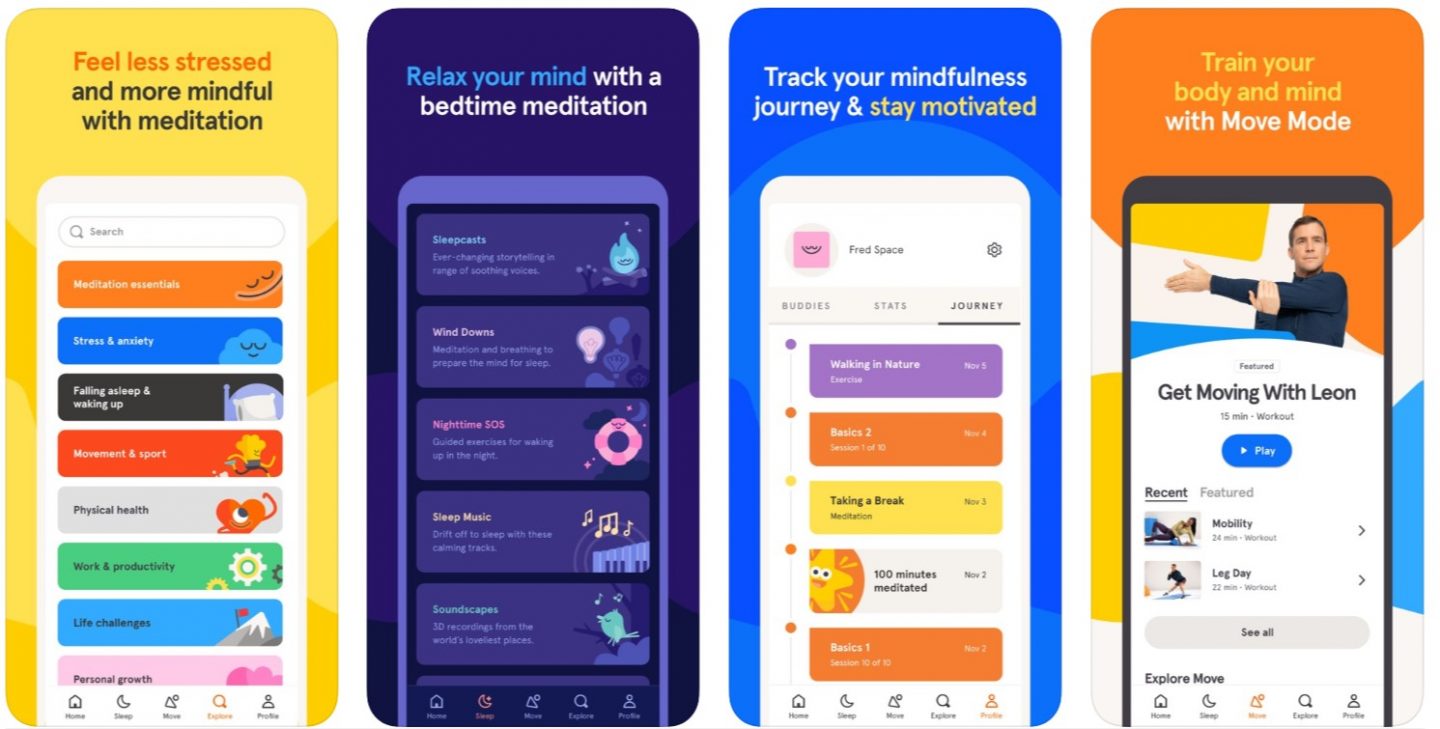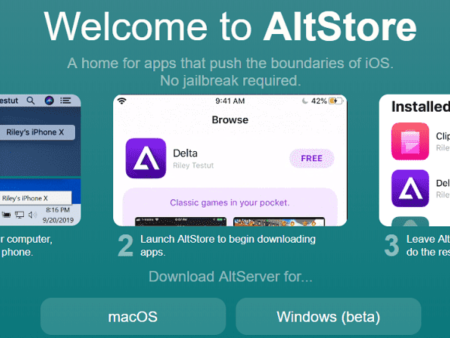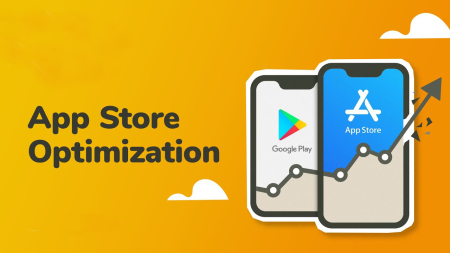Mobile game development is a rapidly growing industry, and creating a successful game requires a comprehensive understanding of the development process, from conceptualization to launch.
Related posts
10 Essential Strategies for Mobile App Optimization
How to Optimize App Description on App Store and Google Play
1. Conceptualizing Your Mobile Game Development
Conceptualizing a mobile game is a crucial step in the development process, laying the foundation for the entire project. At this stage, developers need to define the game's genre and target audience, brainstorm and develop the game's concept and core mechanics, and create a game design document to guide development.
Defining the game's genre and target audience is an essential first step. It is crucial to consider the types of popular and successful games in the mobile market, as well as the interests, preferences, and behaviors of the target audience. Choosing a genre that aligns with the target audience and offers unique gameplay mechanics or features can help attract and retain players.
Brainstorming and developing the game's concept and core mechanics is the next step. Developers need to generate ideas for the game's storyline, characters, and world and identify the core gameplay mechanics that will make the game engaging and fun to play. This is the stage where the game's unique selling points (USPs) are identified, which can differentiate it from other games in the market.

Conceptualizing Your Mobile Game Development, Source: Asoservice.com
Creating a game design document is the final step in the conceptualization process. It is an essential tool that helps guide development and ensure that the final product aligns with the original vision. The document should outline the technical specifications and requirements for development, including the game's mechanics, features, and art style.
Conceptualizing a mobile game is a vital step in the development process. By defining the game's genre and target audience, brainstorming and developing the game's concept and core mechanics; and creating a game design document to guide development; developers can increase their app installs for a successful mobile game.
2. Building a Team and Setting Up Your Development Environment
Building a team and setting up your development environment is crucial in mobile game development. Assembling a team of developers, artists, and other professionals with the required skills and experience is vital for ensuring the project's success.
Assembling a team requires identifying the roles and skills needed for the development team, such as programmers, designers, and artists, and sourcing and recruiting qualified candidates through job postings, referrals, or networking. Building a well-rounded team with the necessary skills and experience can help ensure the project progresses smoothly and is completed on time.
Choosing the right game engine and development platform is also crucial. Evaluating the features and capabilities of different game engines and platforms, such as Unity or Unreal Engine, is necessary for choosing a development platform that aligns with the team's skills and expertise. Other factors, such as cost, ease of use, and compatibility with the target platform, should also be considered.
Setting up the development environment and tools is also vital. Establishing a version control system to track changes and collaborate with the team, choosing a bug tracking software to manage and prioritize issues, and setting up a build pipeline to automate the process of building and testing the game for different platforms can help ensure efficient development and deployment.
In conclusion, building a team and setting up the development environment are crucial steps in the mobile game development process. Assembling a team of qualified professionals, choosing the right game engine and development platform, and setting up the development environment and tools are necessary for the successful development and deployment of the game. By focusing on these steps, developers can ensure that their mobile game is completed on time, within budget, and meets the desired quality standards.
3. Developing Game Mechanics and Assets
Developing game mechanics and assets is a critical aspect of mobile game development. Game mechanics refer to the rules and systems that govern the gameplay, while game assets refer to the visual and audio elements that create the game's look and feel. Practical game mechanics and assets are necessary to create a compelling and engaging game experience to attract and retain players.
Developing game mechanics involves creating the rules and systems that govern the gameplay. Game mechanics should be easy to understand and use, offering depth and complexity to keep players engaged. A well-designed game mechanic can differentiate a game from its competitors and provide a unique selling point (USP).
Developing game assets involves creating the visual and audio elements that make up the game's look and feel. This includes designing characters, backgrounds, environments, sound effects, and music. Effective game assets can create an immersive experience for the player and enhance the game's overall appeal.
To develop practical game mechanics and assets, it is essential to understand the target audience and their preferences. Developers should also consider the technical constraints of the target platform and ensure that the game mechanics and assets are optimized for the platform.
Developing game mechanics and assets is a crucial aspect of mobile game development. Practical game mechanics and assets are essential for creating a compelling and engaging game experience to attract and retain players. Developers can create successful mobile games by understanding the target audience, considering technical constraints, and focusing on creating a unique and immersive experience. You can read Microsoft store app reviews for more information about mobile game development.
4. Integrating Audio and Visuals for Mobile Game Development
Integrating audio and visuals is an essential aspect of mobile game development. Audio and visuals work together to create a game experience that immerses players and enhances the gameplay. Effective integration of audio and visuals can make a game stand out and increase player engagement.
Audio integration involves creating sound effects, voice-overs, and music that match the game's theme and gameplay. Sound effects can add depth to the game environment and provide feedback to the player, while voice-overs can provide story context and character personality. Music can create an emotional connection with the player and set the tone for the game.
Visual integration involves creating graphics, animations, and special effects that enhance the game's look and feel. Graphics can create a unique visual style and provide feedback to the player. Animations can add personality to the game's characters and create a sense of movement and fluidity. Special effects can create excitement and drama and enhance the game's appeal.
To effectively integrate audio and visuals, it is essential to consider the game's theme and target audience. The audio and visuals should match the game's tone and style and appeal to the target audience's preferences. The integration should also be optimized for the target platform and ensure the game's performance is not compromised.
Integrating audio and visuals is an essential aspect of mobile game development. Effective integration can help create a game experience that immerses players and enhances the gameplay. Developers can create successful mobile games by considering the game's theme and target audience and optimizing the integration for the target platform.
5. Testing and Quality Assurance for Mobile Game Development
Testing and quality assurance (QA) are critical aspects of mobile game development. Testing ensures that the game works correctly and meets the design specifications, while QA ensures that the game meets the expected quality standards. Effective testing and QA can help identify and resolve issues early in development and ensure a successful game launch.
Testing involves verifying that the game works correctly and meets the design specifications. This includes testing game mechanics, user interface, audio and visual elements, and performance. Testing can be done manually or using automated testing tools.
QA involves ensuring that the game meets the expected quality standards. This includes verifying that the game is free of bugs and glitches, that the game mechanics work as intended, and that the audio and visuals are high quality. QA can be done by both internal and external testers, including beta testers which provide feedback before the game's official launch.
To effectively test and ensure QA, it is essential to establish a comprehensive testing plan that includes all aspects of the game. This plan should be reviewed and updated regularly throughout development to ensure all issues are identified and resolved before launch. Using testing and QA tools and software to automate testing processes and make testing more efficient is also essential.
In conclusion, testing and QA are critical aspects of mobile game development. Effective testing and QA can help identify and resolve issues early in development and ensure a successful game launch. Developers can create successful mobile games that meet the expected quality standards by establishing a comprehensive testing plan, using testing and QA tools, and involving internal and external testers.
6. Launching and Marketing Your Game
Launching and marketing a mobile game is a crucial stage in the development process that can make or break its success. A successful launch requires careful planning, execution, and a well-crafted marketing strategy that reaches the target audience.
Launching a mobile game involves submitting it to app stores and ensuring it meets their guidelines and requirements. This includes creating app store listings, designing app icons, and providing screenshots and videos that showcase the game's features and gameplay. Developers should also optimize the game's performance and ensure it is compatible with various devices and operating systems.
Marketing a mobile game involves creating a buzz around the game and reaching the target audience. This includes developing a marketing plan that leverages various channels, such as social media, influencer marketing, and paid advertising. Developers should also consider creating a press kit and contacting media outlets to generate coverage and buzz around the game.
Engaging with the gaming community and gathering feedback before and after the launch is essential. This includes working with beta testers and influencers to generate buzz and gather feedback, responding to player reviews, and continually updating the game to improve the user experience.
In conclusion, launching and marketing a mobile game requires careful planning, execution, and a well-crafted marketing strategy. Developers can increase the game's chances of success by optimize ASO the game's performance, creating a buzz around the game, and engaging with the gaming community. With the right strategy and execution, a successful launch can lead to sustained growth, a loyal player base, and continued success in the mobile gaming industry.
Conclusion
In conclusion, mobile game development is a complex process that requires careful planning, execution, and attention to detail from concept to launch. Following the essential steps outlined in this guide, developers can create successful mobile games that engage and entertain users while meeting the expected quality standards. With the right tools, team, and marketing strategy, mobile game development can be a rewarding and successful endeavor in the competitive mobile gaming world.
Related posts
How to push Top app keyword ranking for Android & iOS apps and games
How to increase app reviews and app ratings for Android or iOS apps free
Source: App Store Optimization services
- Tag:
- Promote iOS app














Leave a Reply
Your e-mail address will not be published. Required fields are marked *